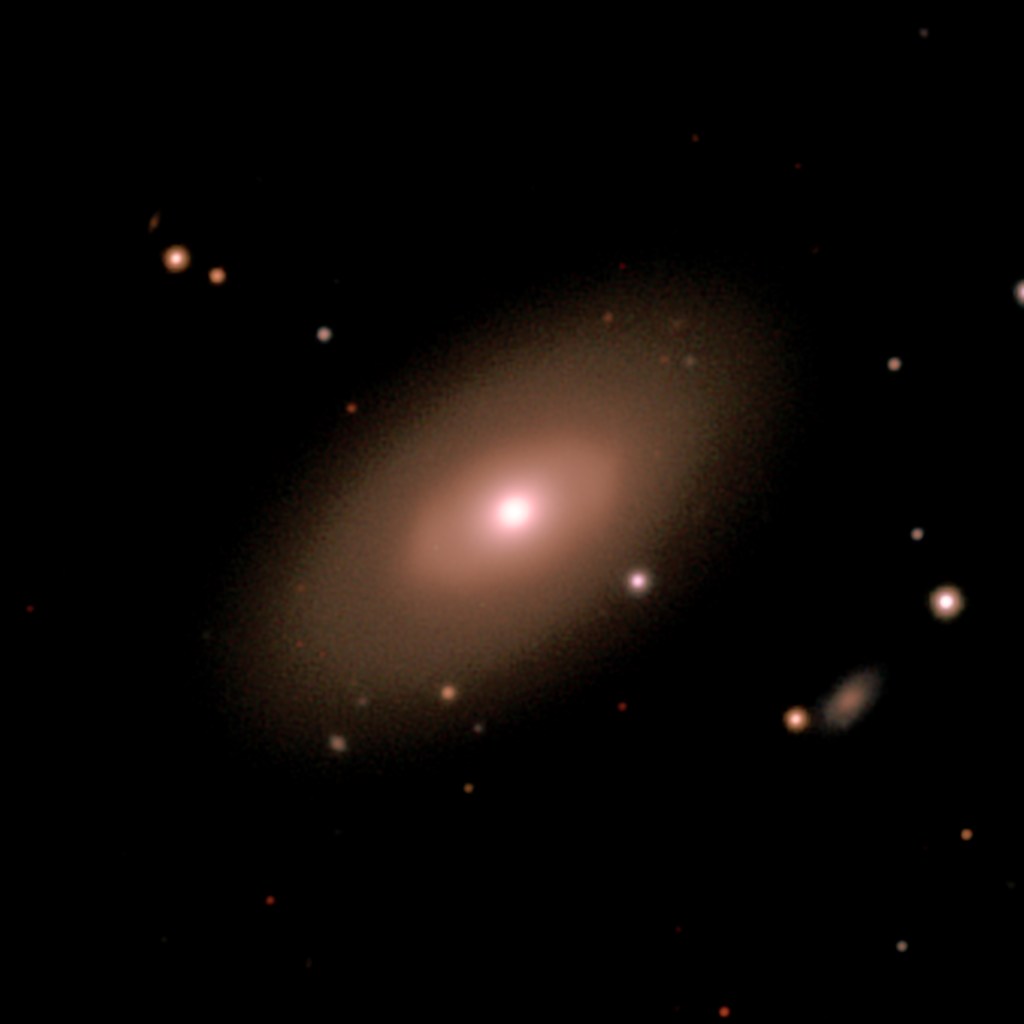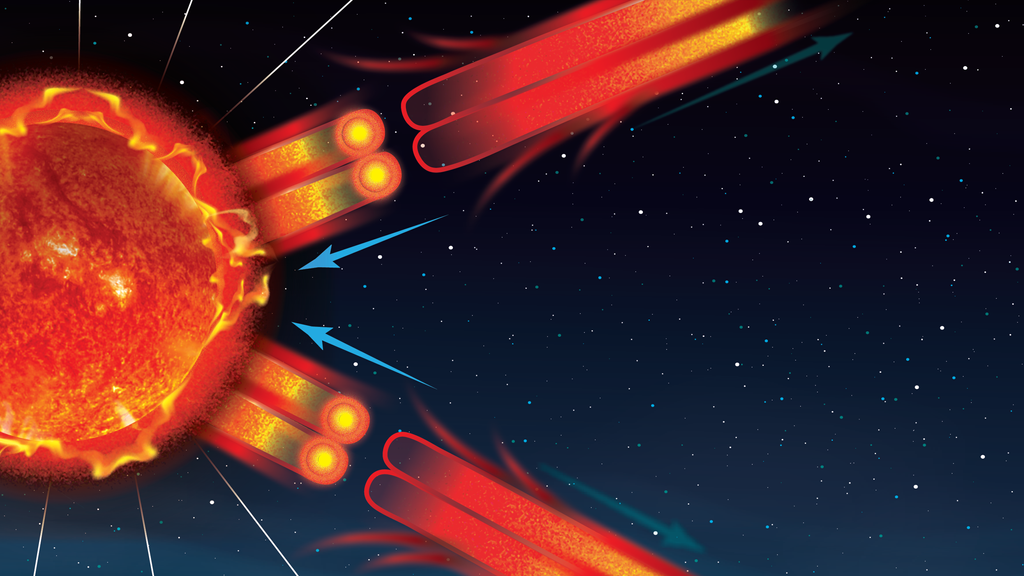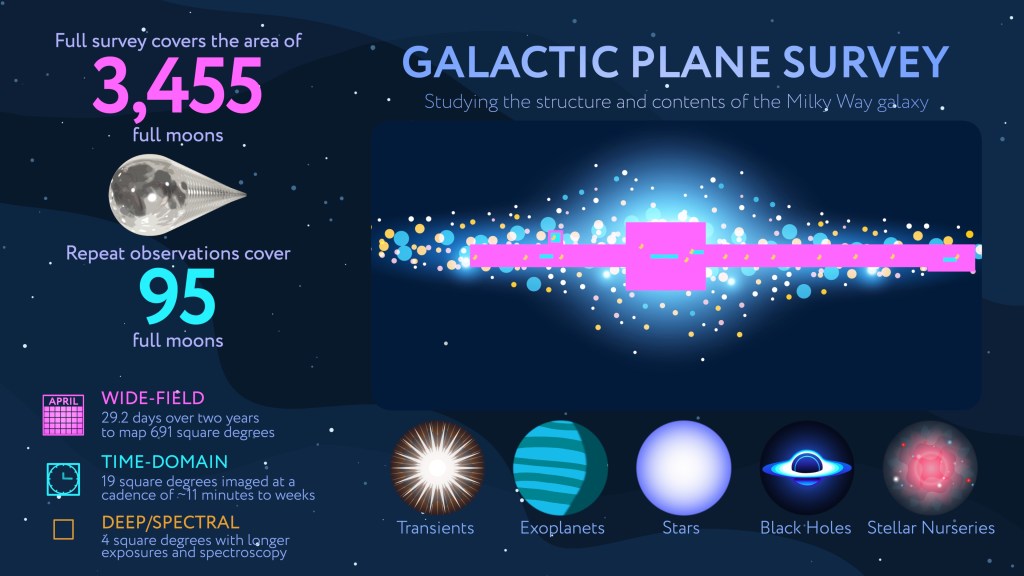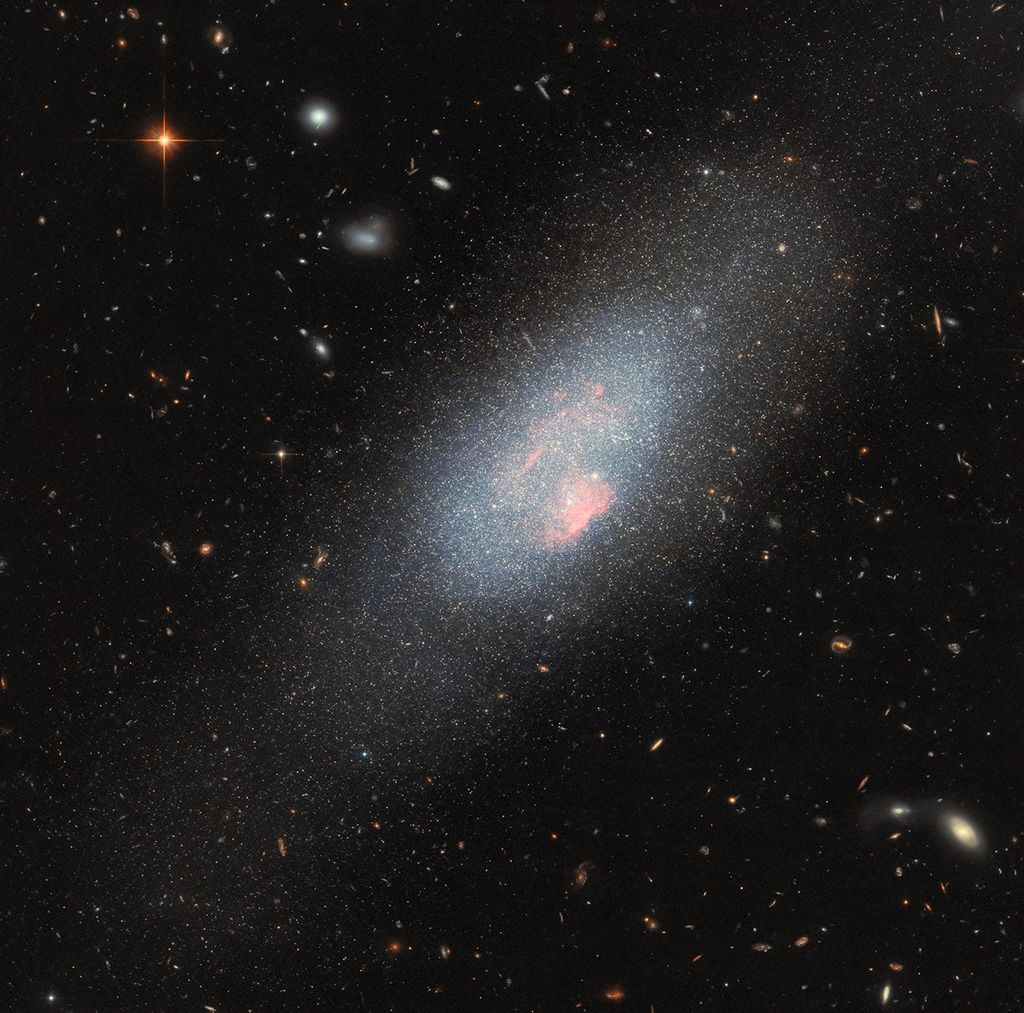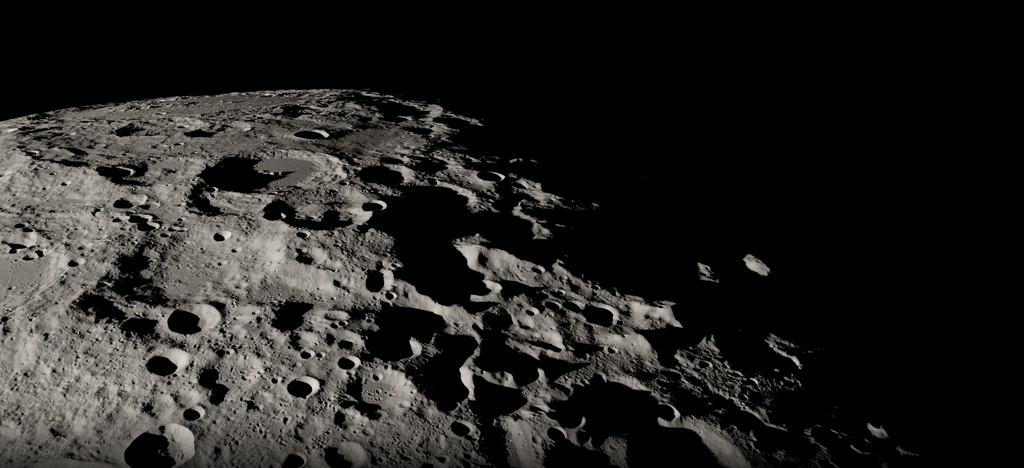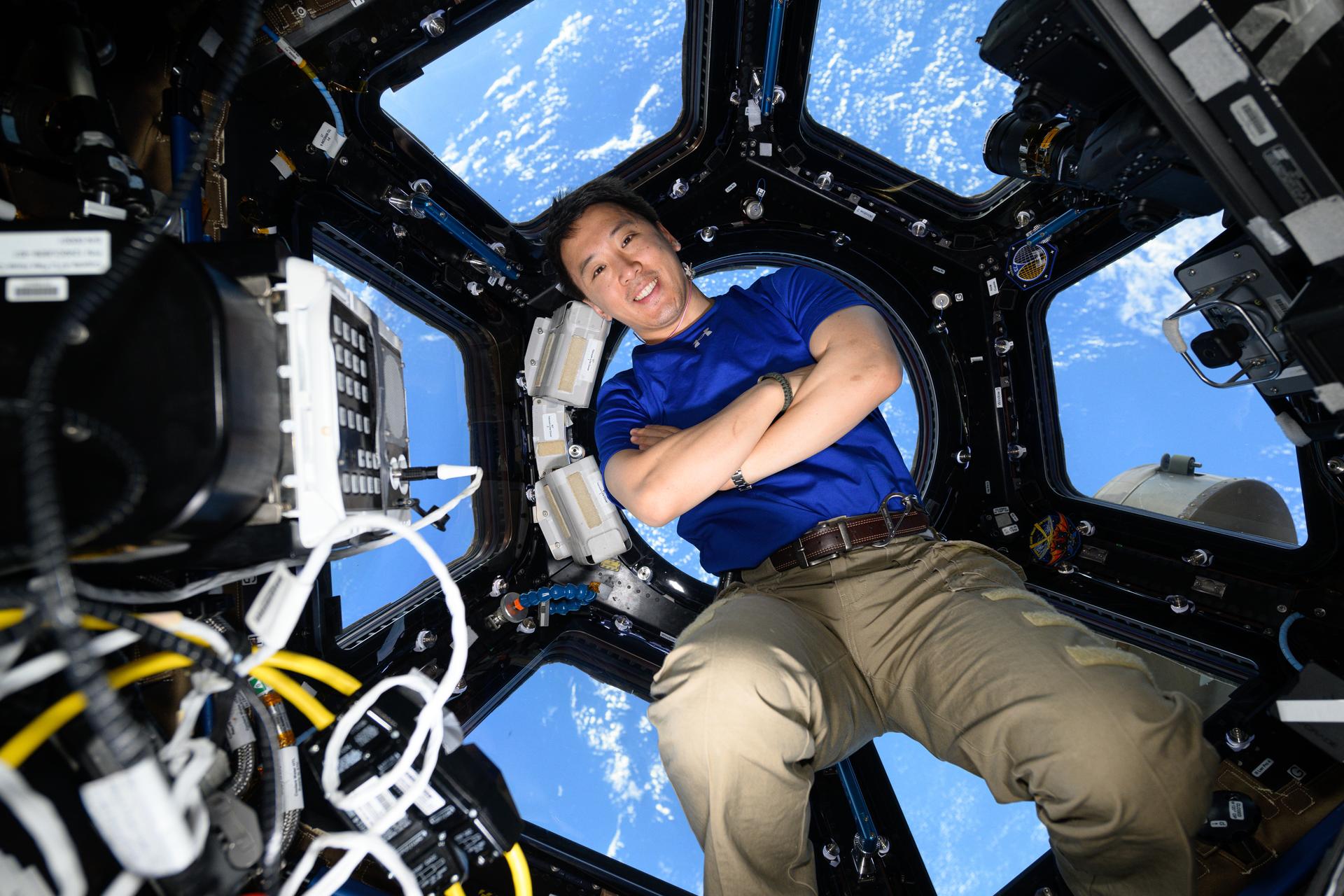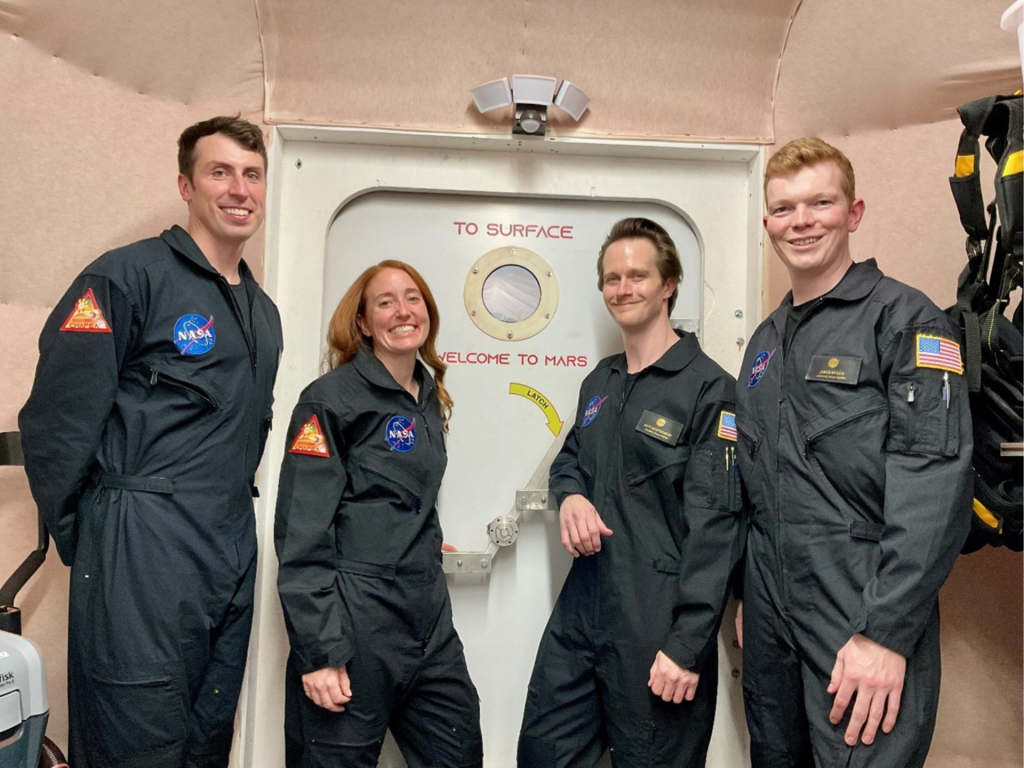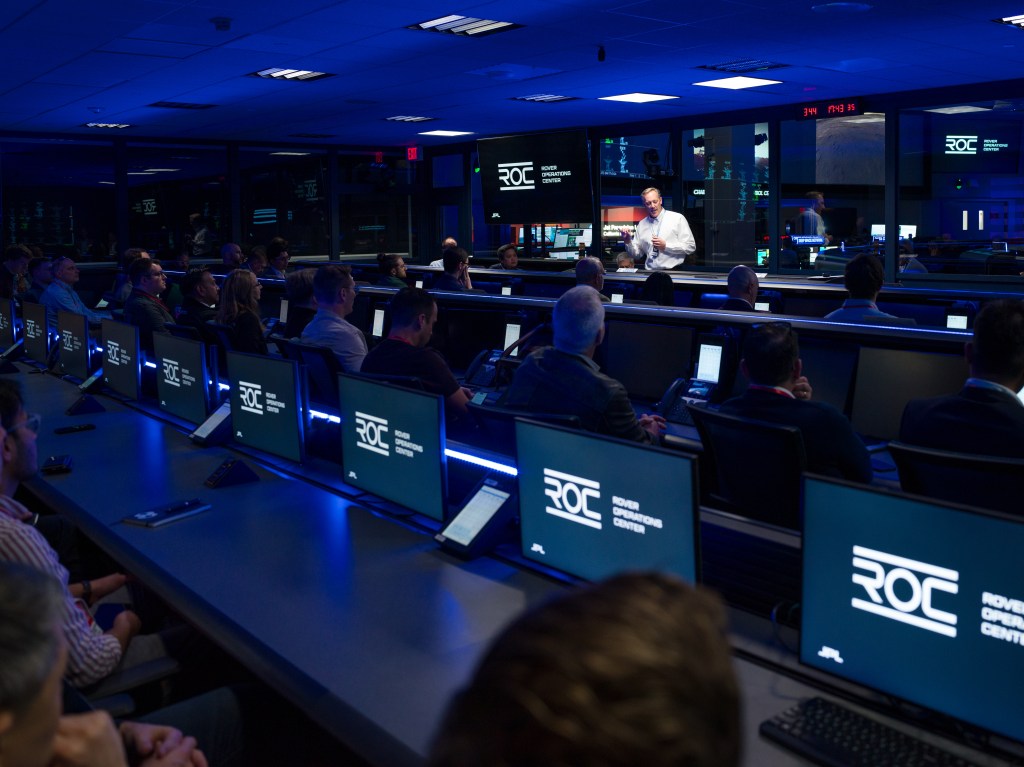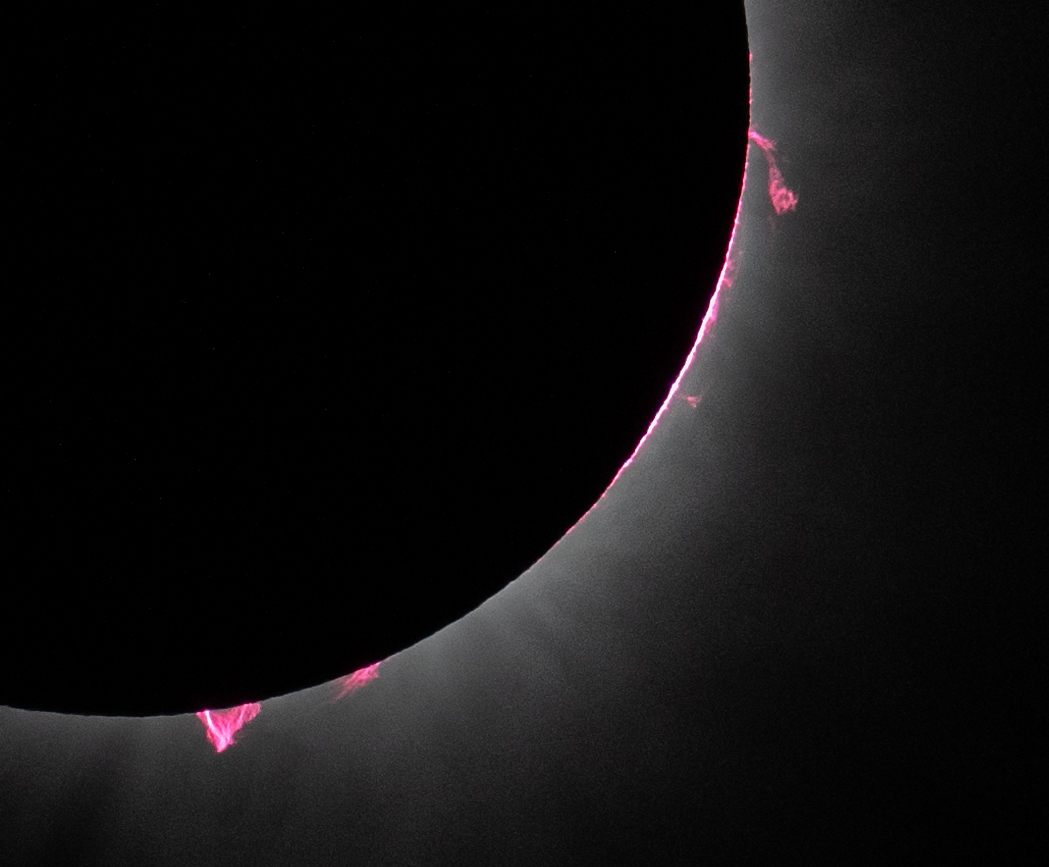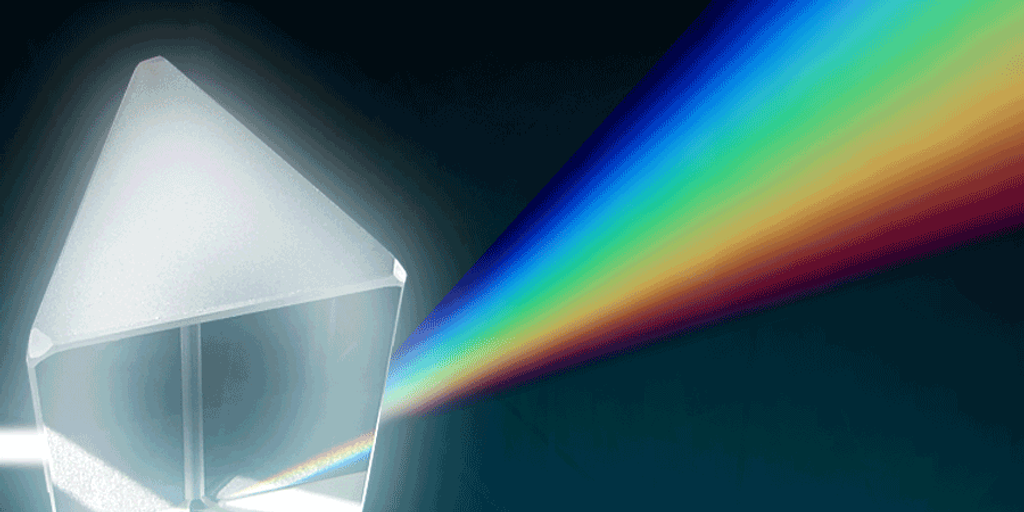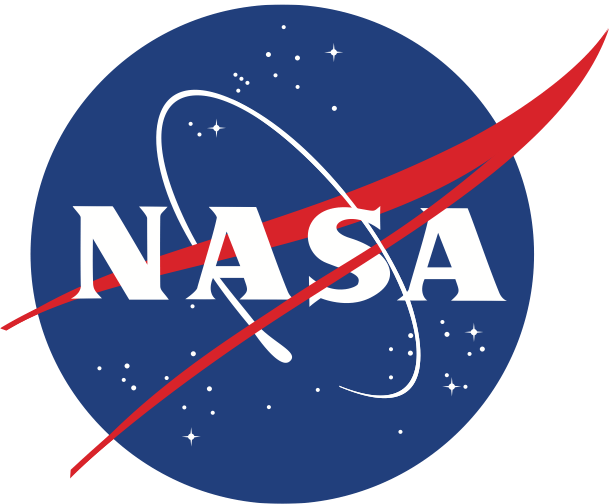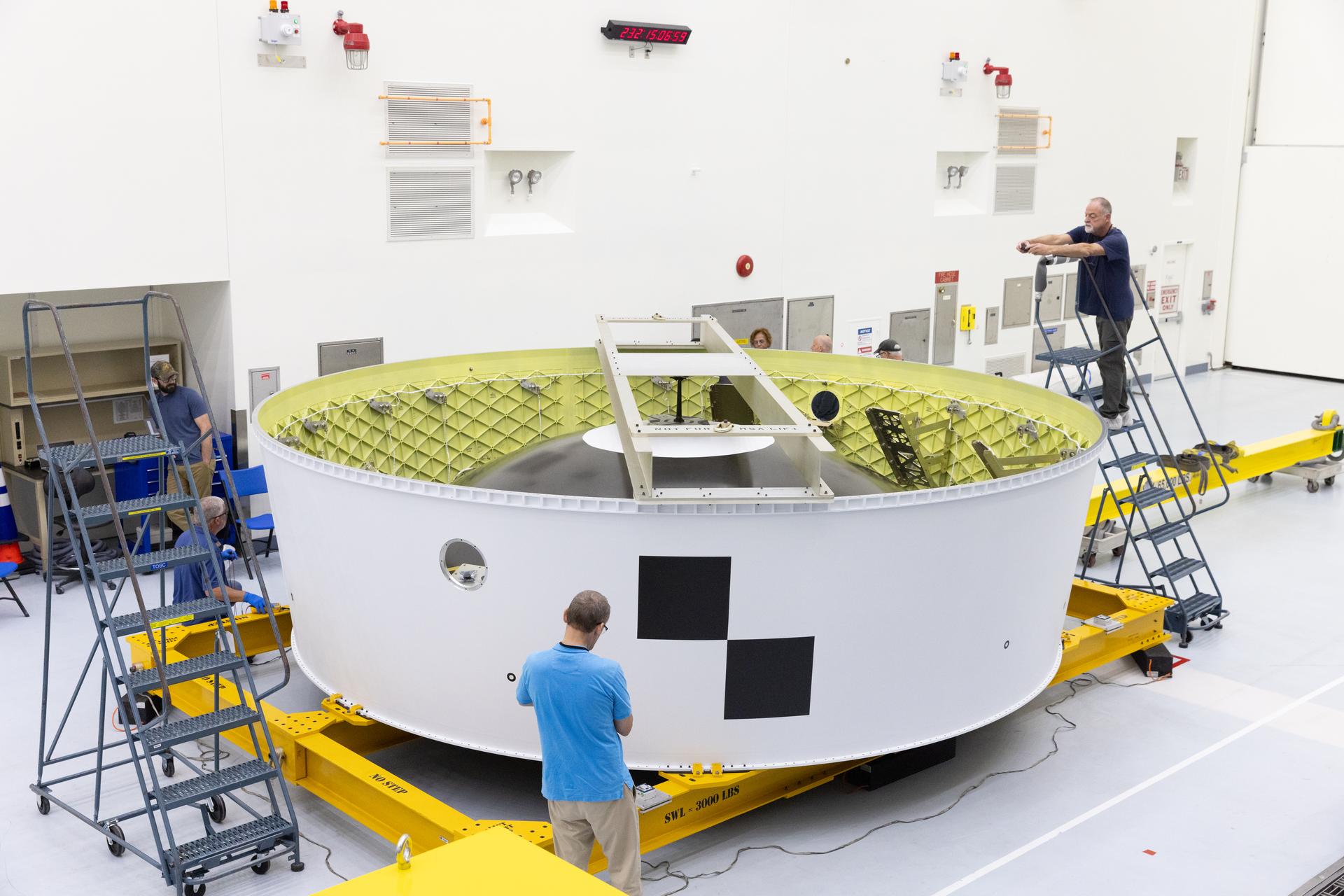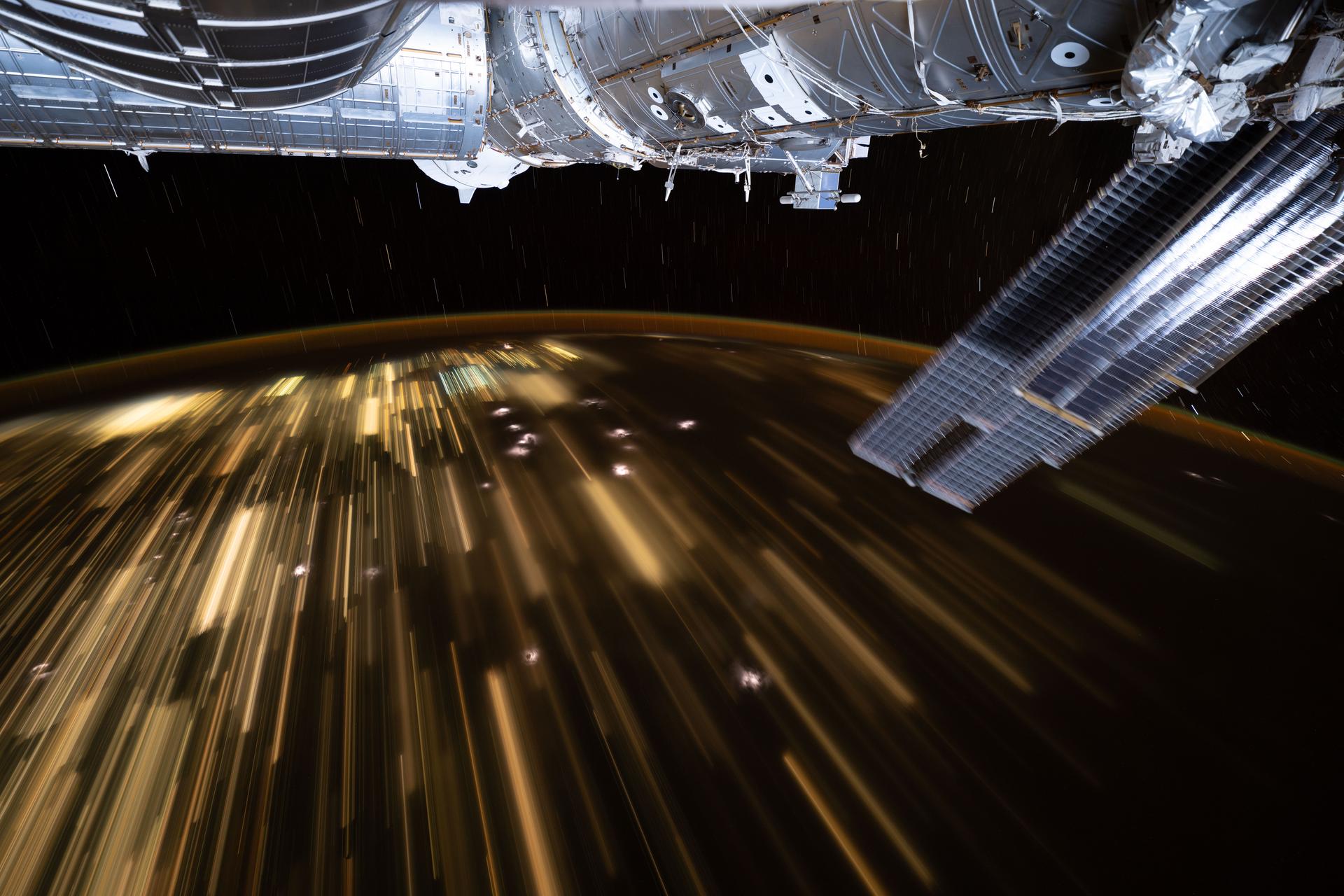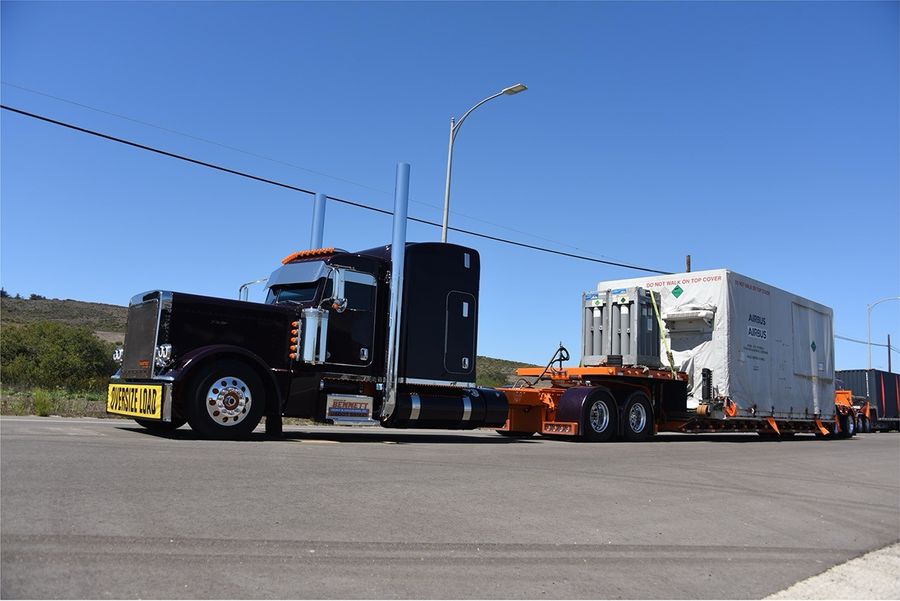A significant piece of hardware for NASA’s Artemis II mission arrived on Aug. 19 to the agency’s Kennedy Space Center in Florida to complete final stacking operations. A semitrailer transported NASA’s Orion stage adapter nearly 700 miles from NASA’s Marshall Space Flight Center in Huntsville, Alabama. NASA Marshall built and tested the Orion stage adapter […]
New Mexico Scientific Balloon Campaign Update- Aug. 21
Aug. 21, 2025: The Salter Test Flight launched at 9:21 a.m. EDT (7:21 a.m. MDT) Thursday, Aug. 21 from the agency’s balloon launch facility, marking the first successful balloon flight of the campaign. The balloon and payload reached a float altitude of 124,000 feet, and flew for a total of 5 hours, 4 minutes. The hardware test flight reported a healthy balloon and flight systems, and requirements were met before successful termination. Several smaller payloads, or piggyback missions, rode along to support science and technology development, including numerous student experiments. Recovery efforts are underway.


